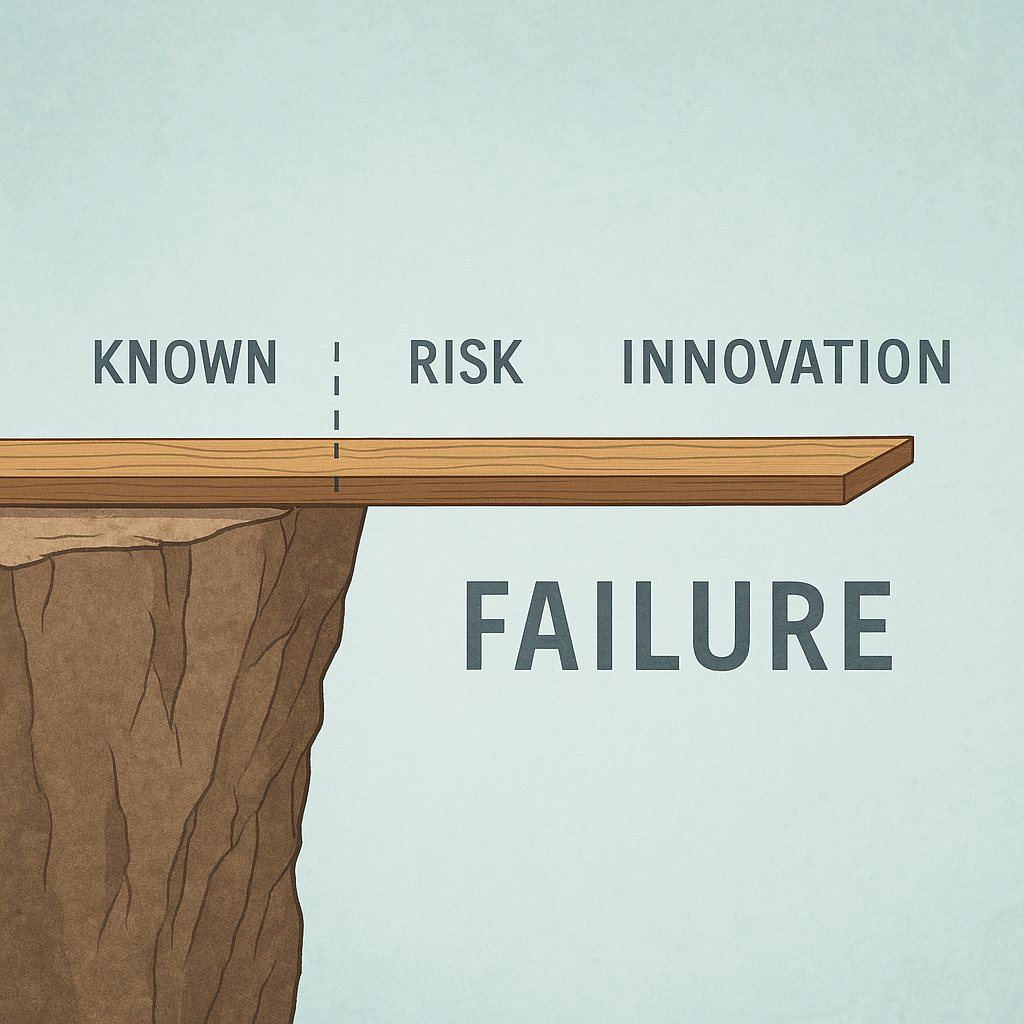The dictionary definition of innovation is: to make changes in something established, especially by introducing new methods, ideas, or products.
If you Google “what is innovation,” you’ll find countless websites offering interpretations and examples of products or services that have been labeled as innovative. Most commonly, innovation is defined as “creating new or significantly improved products, processes, or services,” with examples spanning from breakthrough technologies to disruptive business strategies.
While technically accurate, this definition doesn’t quite capture the essence of what innovation truly is, nor does it guide you on how to become innovative yourself. The problem lies in how we perceive innovation today it’s often mistaken for iteration. True innovation is not merely about developing a new app, launching the latest smartphone, or tweaking an existing product. Those outcomes may result from innovation, but they are not the innovation itself.
True Innovation is About Ideas, Not Products
At its core, true innovation is about the development and implementation of new ideas ideas so transformative they can shift the trajectory of a field, industry, or even society. It’s about seeing possibilities others have missed, questioning what’s accepted, and daring to imagine something different. Innovation is a mindset, not a product.
This is why it’s frustrating to hear companies boast about how innovative they are, even though they haven’t created anything genuinely new in years. They continue to iterate on existing products, riding on the coattails of a breakthrough they made long ago. Yes, that product might have been innovative at its inception, but iteration alone doesn’t guarantee continued innovation. Without pushing boundaries, they risk stagnation.
The Risk-Reward Balance of Innovation
Those who seek true innovation must be willing to fail. Why? Because innovation and failure are inextricably linked. Innovation lives at the edge of failure.
Imagine a plank extending from the edge of a cliff. At the base, it’s firmly bolted down, secure and stable the place of the known. This is where most people and organizations stand. They build on what is already accepted, improving upon existing ideas that were, at one time, considered bold.
As you move further out along the plank, you encounter those taking more risks tweaking, improving, and pushing boundaries. They are closer to innovation, but still grounded in the familiar. Their work, while important, is incremental.
But true innovation exists at the very edge, where the plank wobbles, unsupported, and one wrong move means falling. It’s at this edge that new paradigms are created. This is where the real breakthroughs happen.
The catch? At the edge, you are more likely to fail than succeed. But with each failure, you learn. You gain knowledge, insight, and resilience. When you fall, you don’t return to the start you return better equipped, closer to success. And once you finally succeed, you expand that plank a little further. What was once groundbreaking becomes common knowledge, and the cycle begins again.
Innovation Requires Courage
This is why those who want to continuously innovate must also be willing to continuously fail. Every great leader, every visionary company, every industry pioneer has stumbled, often repeatedly until they didn’t.
Consider Thomas Edison, who famously said, “I have not failed. I’ve just found 10,000 ways that won’t work.” His persistence didn’t just lead to the light bulb; it illuminated the very nature of innovation.
Or look at companies like Apple or Tesla, who didn’t just iterate they dared to challenge conventions. Their successes were built on countless trials, missteps, and bold decisions made at the edge of the plank.
Final Thoughts: True Innovation is Uncomfortable
True innovation is not comfortable. It’s messy, risky, and often misunderstood. It’s not about playing it safe or following trends it’s about creating them.
If you want to innovate, you need to be willing to step out onto that plank, to explore the unknown, and to embrace failure as a stepping stone, not a stop sign. Only then can you truly change the game, disrupt the status quo, and create something that endures.

Leave a Reply